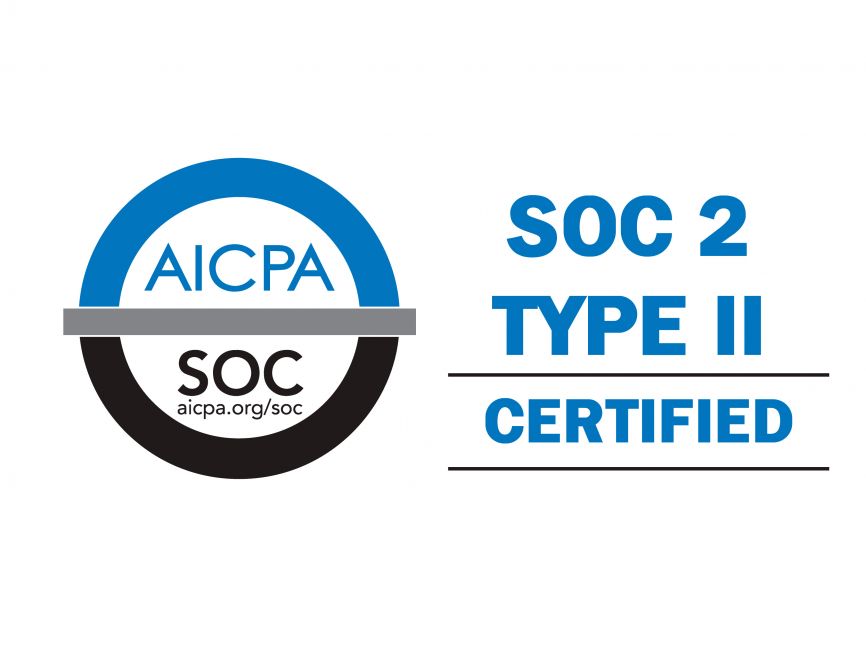For a small employer, offering health insurance to employees can cause problems and put undue stress on employees and on the company itself. What once was seen as an employee benefit used to attract and retain talented employees has become the source of detrimental employee morale and an expense that is increasing at rates that are unaffordable to many small businesses.
Each of the systemic problems with small group health insurance contributes to its rapidly increasing cost.
Adverse Selection
In many states, to offer a new group health plan, you must have at least half of your eligible population elect the group health plan coverage. If you do get half of your group or more on board, you already have a problem: Adverse Selection!
The people that need health insurance the most, the sicker population, will elect to participate in the plan. Those that do not see the need for health insurance, the healthy and the younger employees, will waive coverage and most likely elect a plan through the health insurance marketplace, or elect to go without coverage and maximize take home pay. From day one, you’ve already got a problem.
The plan will seem fine, until you receive your first annual renewal, when you will get hit with a large increase due to a bad loss ratio (loss ratio = claims paid by carrier/premiums paid by employer). On top of annual trend (the base increase assigned to all renewals based on medical inflation), you are going to have an additional percentage added on to your plan for the bad loss ratio. It’s going to hurt, and your options to keep costs flat are limited.
Benefit Reduction
With your annual renewal, you will be given options by the incumbent carrier to move to a plan with reduced benefits. They may be able to keep your costs flat by raising the deductible from $2,000 to $3,000, or by removing the co-pay from prescription drug coverage.
If you do decide to do this, your employees will notice that they are the ones that will be absorbing the increase in the form of higher costs when they go to the doctor, hospital or pharmacy. Not a great message to deliver to your employees.
Marketing Your Plan to Other Carriers
The other option, besides Benefit Reduction, is to see if there are any other carriers out there that can provide a competitive option.
In the last 20 years, the group health insurance market has seen a lot of market consolidation, which means there are typically about 2 or 3 carriers to choose from. Also, in the current Affordable Care Act environment, many carriers are not pursuing small group business because of the adverse selection problems and poor loss ratios. Many carriers want to take on risks of large groups with over 100 employees enrolled because those groups tend to incur more predictable losses and are easier to make money off of.
So let’s assume that there is a competitive carrier that is offering an apples to apples plan design while keeping costs flat. Now you face the problem of network disruption. This is the main switching cost of moving from one carrier to another.
One of the major ways that carriers compete with each other is through strategic networking of providers, hospitals and pharmacies, which means that each carrier’s network is going to be different from the others. In this case, if you do move to the new carrier, you are inevitably going to create a provider disruption amongst your group. In layman’s terms, someone is going to not be able to see their primary care or pediatrician that they have been seeing for years, and they are going to let you know about it, and they are going to let their coworkers know about it… another source of negative employee morale.
New Options for Small Groups under the Affordable Care Act
The Affordable Care Act created the Health Insurance Marketplace, which came into effect in January of 2014. The Marketplace created a place for individual consumers to shop for plans in their state; it also has attempted to create a similar type of shopping environment for Small Groups.
This program is called Small Business Health Options, or SHOP. This program allows small groups to upload their information to healthcare.gov and get a small group health quote. The idea is fantastic, but the rates are consistently unaffordable compared to plans quoted directly with carriers, and since its creation in 2014, enrollment in SHOP plans has been underwhelming and has failed to meet enrollment goals set by HHS.
The SHOP plan boasts a robust 35-50% reduction in cost. However, the Marketplace gets to that figure by calculating the complex small business tax credit that is claimed by an employer at the end of the year. You may also find that you do not qualify for the reduction at the end of the year if you haven’t me the complex set of tax credit eligibility requirements.
Offering Health Insurance to Employees May be Hurting Them
To receive a subsidy in the form of an advanced premium tax credit or a plan with cost sharing reductions through the marketplace, you must not be eligible for health insurance provided by your employer.
In Hamilton County, TN a family of four (50, 48, 21, 19) with a household income of $45,000 per year can get a Silver Plan with a $0 Individual Deductible, $1,450 Out of Pocket Maximum, 50% coinsurance plan for the whole family for around $190 per month, after receiving the tax credit and cost sharing reductions. If you offer that family health insurance, that same plan would cost them $855 per month and the deductible and out of pocket max would be much higher.
Many employers do not realize yet that if you have employees that fall between 150% and 400% of the federal poverty level, you need to understand what their options would be on the Marketplace. The employer may be unknowingly restricting employees from their best options by offering them health insurance at work.
Employer Mandate
The PPACA understands that, for small groups, all of these factors create a hostile buying environment. That is why the PPACA mandates that only groups with 50 or more Full Time Employees are required to offer health insurance to their employees. Those employers have more buying power in the market.
Small businesses need to take a close look at their employee population and evaluate whether offering a group health plan is a logical employee benefit. It may be the case that allowing employees to go to the Marketplace to purchase their own plans may be the best option, and in return, offer employees other benefits like a 401(k), group Dental and Vision, or a contribution to a Health Savings Account. All of those benefits can be less of an administrative and cost burden, and can accomplish the goals of employee benefits… to attract and retain the best employees.
Andrew Hetzler is the Chief Operating Officer of American Exchange. For a free consultation with a licensed agent call 1-888-995-1674 or email info@americanexchange.com. To contact Andrew directly, you can email him at andrew.hetzler@americanexchange.com.

